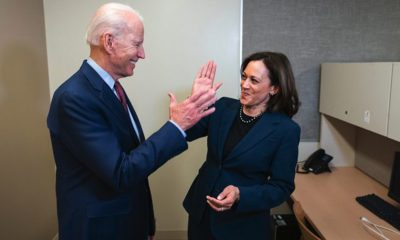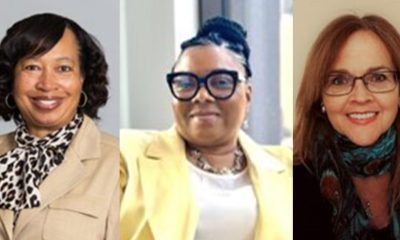Bay Area
Protesters Want Ex-Chief Armstrong Reinstated, Seek Meeting with Mayor Thao
A press conference in support of former Oakland Police Department Chief LeRonne Armstrong on Saturday, March 4 was held on the campus of The Lighthouse Community Charter School at 444 Hegenberger Road. Spearheaded by community activist Brenda Grisham, founder of the Christopher Lavell Jones Foundation Center, more than 40 people including faith leaders, chaplains, pastors and family members of homicide victims gathered to speak about what they believe to be an unjust firing of a chief they trusted and to demand the mayor reinstate him.
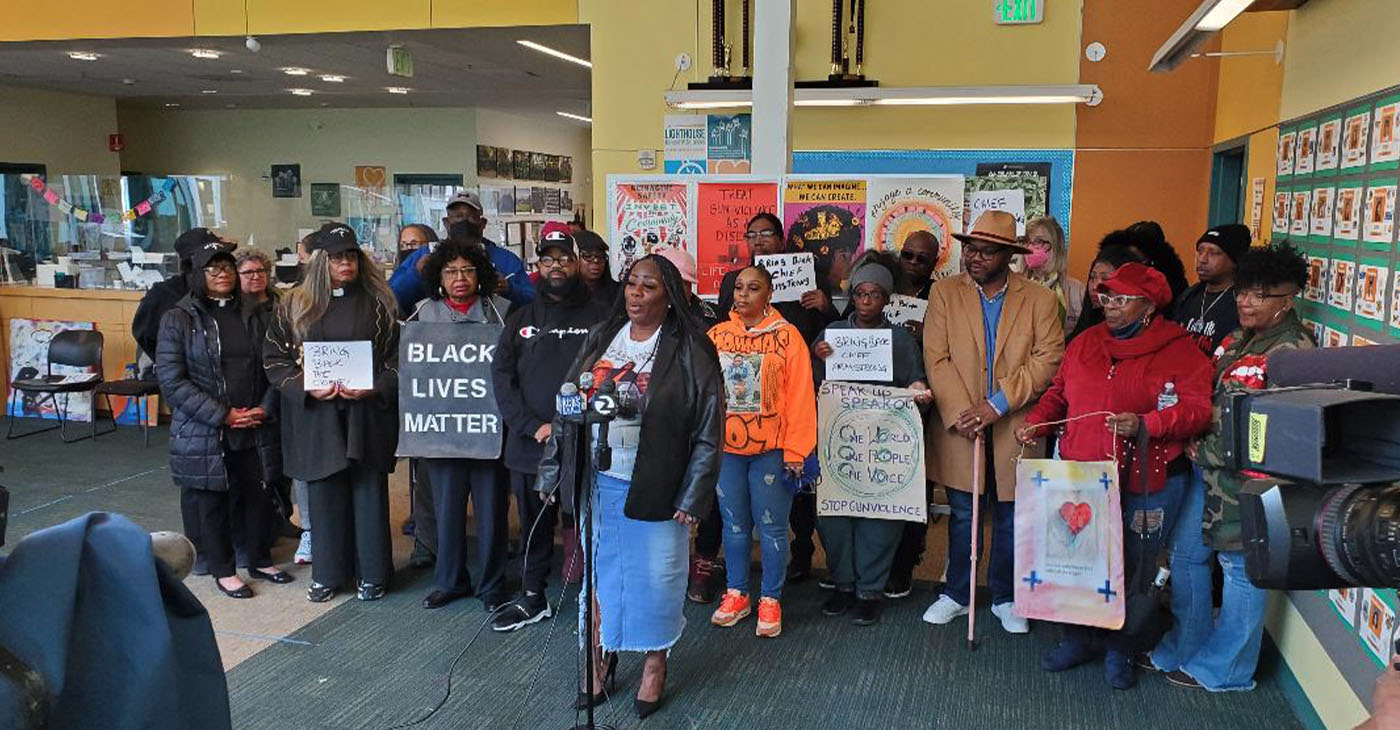
By Carla Thomas
A press conference in support of former Oakland Police Department Chief LeRonne Armstrong on Saturday, March 4 was held on the campus of The Lighthouse Community Charter School at 444 Hegenberger Road.
Spearheaded by community activist Brenda Grisham, founder of the Christopher Lavell Jones Foundation Center, more than 40 people including faith leaders, chaplains, pastors and family members of homicide victims gathered to speak about what they believe to be an unjust firing of a chief they trusted and to demand the mayor reinstate him.
“We are not angry,” said Grisham. “We want answers, but more importantly we want our chief back. We are not understanding why our chief, who has brought the department back into compliance, has been fired with no explanation and no discussion with the community.”
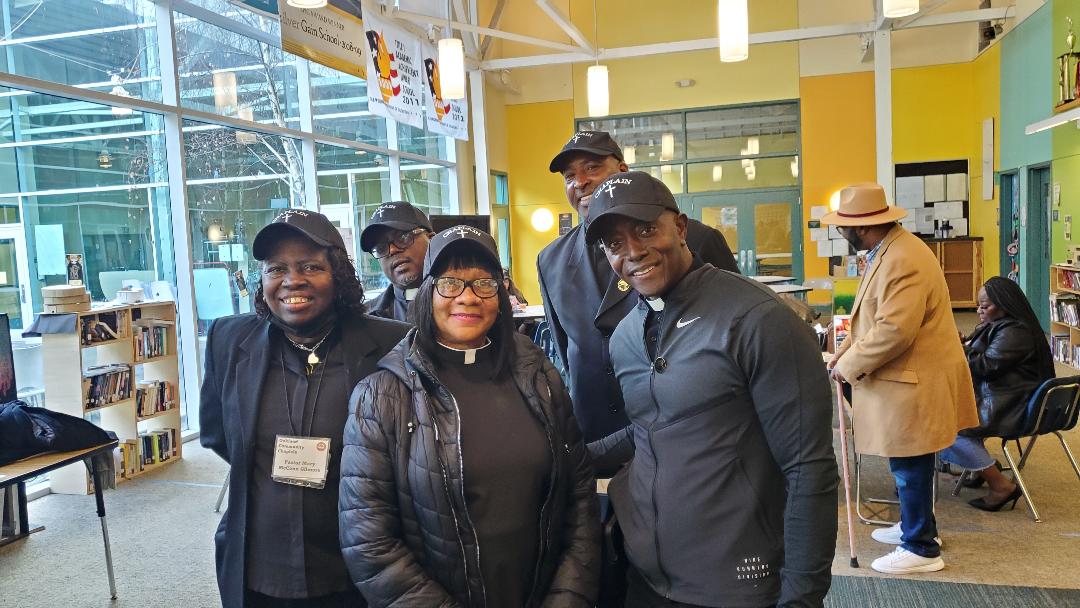 Grisham, who lost a son to gun violence in 2010, says her multiracial coalition wants Armstrong back, not because he’s Black, but because he was a “committed and dedicated” chief.
Grisham, who lost a son to gun violence in 2010, says her multiracial coalition wants Armstrong back, not because he’s Black, but because he was a “committed and dedicated” chief.
Armstrong was fired last month after a report asserted that the former chief had failed to discipline an OPD officer whose actions violated department regulations.
Speakers described Armstrong as a leader who transformed the community’s perception of OPD and worked effectively and compassionately with family members who had lost loved ones to gun violence.
“He would get out of bed at 1 a.m. to be on the scene of homicides,” said Grisham.
Pastor Marty Peters of Victory Baptist Church and first VP of the Baptist Ministers Union of Oakland questioned the process that led to Armstrong’s suspension and later termination. He referred to the findings by a federal monitor that was appointed after the scandal that rocked OPD in the early 2000s and was projected to end in the next year.
“The moderator found 52 items to be fixed, Chief LeRonne Armstrong completed 51 of the 52. The chief was in love with his job and in love with his city, and the mayor has defamed his reputation,” Peters said.
Peters said he is also disappointed that Thao’s administration hasn’t adequately justified the chief’s firing. “He’s gone from sergeant to lieutenant, to deputy chief, to chief of police, and you refuse to tell us why you fired him when you see, Latinos, Asians, and African Americans, who stand in solidarity and in support of the chief,” Peters said, referring to Thao.
Some community members say they see a correlation between Armstrong’s termination and an increase in street violence.
Throughout OPD and the community Feb. 24 is known as “Bloody Friday,” said Daryle Allums, of “deep East Oakland” who represents Adamika Village’s Stop Killing Our Kids Movement, a victim-led violence prevention organization. There were three homicides that day with a total of five for that weekend.
Pastor Phyllis Scott, president of the Pastors of Oakland association said Armstrong went above and beyond the call of duty when he assigned a police squad to surround and protect her church during a funeral service when opposing gang members threatened to “shoot up the church.”
“Recently I performed funeral services for a young man I’d known since he was a toddler,” said Scott. “I didn’t back down and Chief Armstrong sent officers to ensure our safety.”
Scott said Armstrong helped her to re-establish the Oakland Chaplaincy Program. After approaching various churches, synagogues, the AAPI community and the LGBTQ community to recruit chaplains, the community activists were trained on how to be community chaplains.
“We then had the opportunity to assist on the scene of a homicide, visit hospitals to minister to the victims of violence, and open up our churches to perform services to families without the funds,” Scott said.
Now, Scott says he only hears about tragedy through the grapevine instead of sergeants within OPD. “We need to reinstate Chief Armstrong who had a heart and compassion for the community. The calls to our chaplaincy program have gone silent since the chief’s leave and firing.”
Several parents supported by Chief Armstrong when they had lost their children to violence were also present, holding signs of support.
Nina Carter, an East Oakland Violence Interrupter, said the mayor’s decision to fire the chief, has retraumatized the community.
“The mayor has put us in a fight, flight, freeze moment to where we don’t know what’s happening next. The mayor has not spoken on violence prevention. The message she’s sending is that she doesn’t care about the well-being of us.”
Graphic artist LeJon Loggins of Adamika Village said that Armstrong built the bridges necessary between the community and OPD. “He rebuilt the trust, so we were working with OPD better than before and bringing everyone together to solve things,” said Loggins. “Without the chief, we are back to square one — which is unfair to the community.”
PHOTO CAPTIONS:
Brenda Grisham, founder of the Christopher Lavell Jones Foundation Center speaks at a press conference in support of former Oakland Police Chief LeRonne Armstrong at the Lighthouse Community Charter School in Oakland. Photo By Carla Thomas.
Chaplains of the Oakland, re-created by Pastor Phyllis Scott and LeRonne Armstrong attend a press conference in support of Oakland Police Chief LeRonne Armstrong at the Lighthouse Community Charter School in Oakland. (Left to Right: Pastor Mary McConn Gilmore, Minister Kevin Holden, Minister Candi Thornton, Wylie Knuckles, and Tony Grayson. Photo by Carla Thomas.
Activism
Oakland Post: Week of July 24 – 30, 2024
The printed Weekly Edition of the Oakland Post: Week of July 24 – 30, 2024
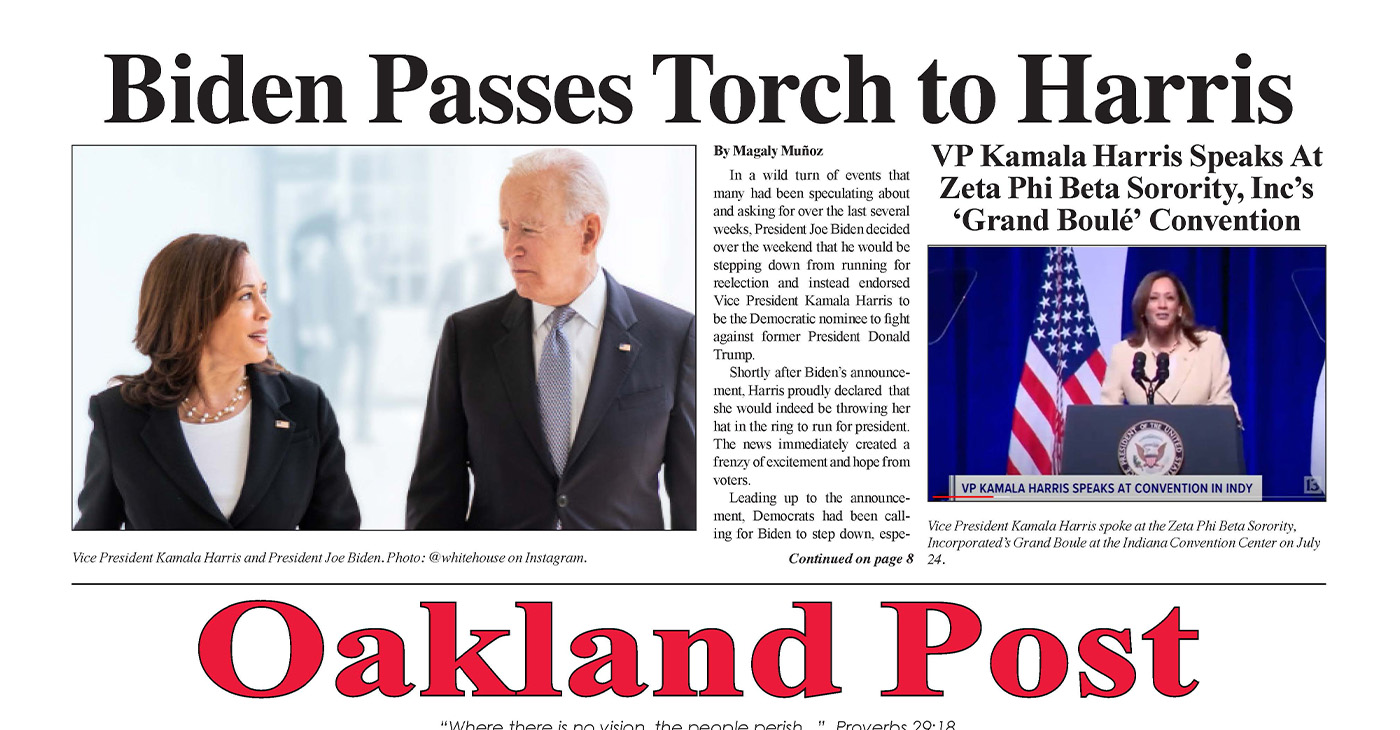
To enlarge your view of this issue, use the slider, magnifying glass icon or full page icon in the lower right corner of the browser window. ![]()
Activism
Oakland Post: Week of July 17 -23, 2024
The printed Weekly Edition of the Oakland Post: Week of July 17 -23, 2024

To enlarge your view of this issue, use the slider, magnifying glass icon or full page icon in the lower right corner of the browser window. ![]()
Bay Area
Op-Ed Senate Bill 966 Threatens Health Equity in East Bay
My East Bay community is struggling to get by. A proposed State Senate bill would set us back even further. Serving the East Bay community has been my life’s work and my greatest joy. After leaving the Bay Area to complete my seminary, I returned home to found The Community Church in Oakland. From the outset of my time as the church’s pastor, I have been guided by the belief that my service must extend beyond the pulpit, because the health and economic needs of my community are so great. Our church has organized free food banks, COVID-19 testing clinics, and a housing and re-entry program for those suffering from addiction.
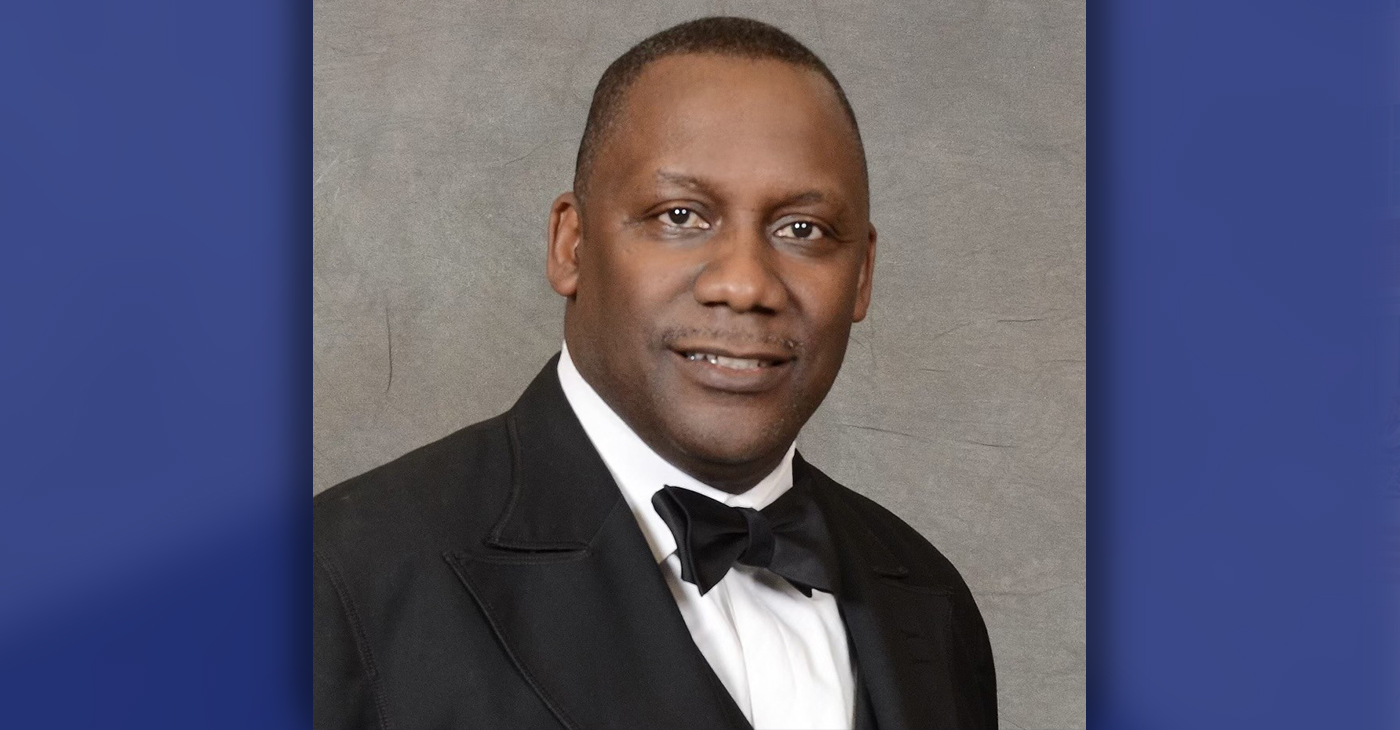
By Rev. Dr. Lawrence E. VanHook
Special to the Post
My East Bay community is struggling to get by. A proposed State Senate bill would set us back even further.
Serving the East Bay community has been my life’s work and my greatest joy. After leaving the Bay Area to complete my seminary, I returned home to found The Community Church in Oakland.
From the outset of my time as the church’s pastor, I have been guided by the belief that my service must extend beyond the pulpit, because the health and economic needs of my community are so great. Our church has organized free food banks, COVID-19 testing clinics, and a housing and re-entry program for those suffering from addiction.
Through my service, I have seen the challenges that our community members are facing. Oakland, my hometown, has the third-highest rate of violent crime in the state. The local economy is strained. Oakland-based businesses are leaving our community because they’re struggling to get ahead.
Both East and West Oakland has disproportionately high rates of respiratory illness due to heavy air pollution. While our local efforts have brought some aid to those in need, we are also counting on our state elected officials to help us address the systemic health disparities afflicting the community.
Chief among the health concerns of community members is having reliable and affordable access to prescription drugs. Equitable access to medications gives us the peace of mind that we can keep ourselves and our families healthy and safe. Our community should not have to choose between paying rent or purchasing prescriptions.
Unfortunately, rather than taking action to combat soaring prescription drug prices, some California lawmakers are pushing legislation that could raise patient costs at the pharmacy counter.
The Legislature is currently considering SB 966, a bill backed by special interests that would undercut the few tools we have to keep prescription drug costs contained, letting big drug companies increase their prices, profiting on the backs of working families – some of whom already live paycheck to paycheck.
SB 966 would target the fundamental programs through which small businesses, unions, and government health programs are able to offer their employees and members quality and affordable healthcare. Millions of Californians rely on these plans to obtain essential medications at the lowest-possible cost.
The bill would make it illegal for employers and unions to incentivize the administrators of their prescription drug plans to negotiate for the lowest possible cost for prescriptions. Right now, small businesses and unions can choose to pay these administrators more for taking on big drug companies and securing discounts – a choice that will be outlawed under this bill.
As a result, employers will have no leverage to stop big drug companies from setting sky-high prices, disproportionately impacting working families.
As these health costs quickly add up, employers will have little choice but to pass the increases down to their employees. That means California patients will see higher healthcare costs and co-pays.
From my perspective, most concerning is that the bill would exacerbate the health disparities impacting my community and other underserved populations. If SB 966 becomes law, the most vulnerable may be forced to skip prescription doses, stop filling their prescriptions, and avoid essential care.
By rejecting this cash grab by big drug companies, our state elected officials can send a clear message that they stand with the community, patients, and working families.
We cannot afford SB 966.
Rev. Dr. VanHook is the founder and pastor of The Community Church in Oakland and the founder of The Charis House, a re-entry facility for men recovering from alcohol and drug abuse.
-
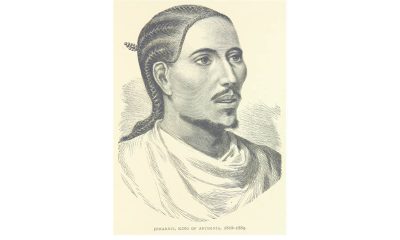
 Arts and Culture3 weeks ago
Arts and Culture3 weeks agoRooted in Tradition: The Intricate History of Black Hair Braiding
-

 Bay Area4 weeks ago
Bay Area4 weeks ago“I Will Not Be Bullied,” Says Oakland Mayor Sheng Thao
-

 Bay Area2 weeks ago
Bay Area2 weeks agoPG&E Increases Rates While Bay Area Households Are Struggling to Stay Afloat
-

 Business3 weeks ago
Business3 weeks agoGov Newsom: Raising Fast Food Minimum Wage to $20 Pays Off as Jobs Multiply in Industry
-

 Activism4 weeks ago
Activism4 weeks agoOpponents of Mayor Sheng Thao Are Calling on Her to Resign Following FBI Raid
-
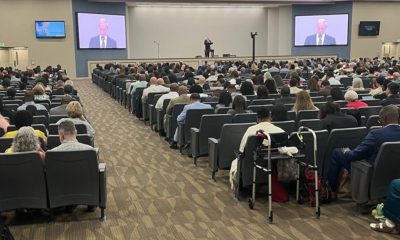
 Community1 week ago
Community1 week agoHundreds Come to Jehovah’s Witnesses’ Assembly Hall for Three-Day Program of ‘Good News’ in Fremont
-

 Bay Area2 weeks ago
Bay Area2 weeks agoJuneteenth Mass Shooting Suspect Charge with Multiple Counts of Felony Assault by Alameda County DA Pamela Price
-

 Activism4 weeks ago
Activism4 weeks agoOakland Coliseum Sale to AASEG: A Model for Community Development and Inclusion






